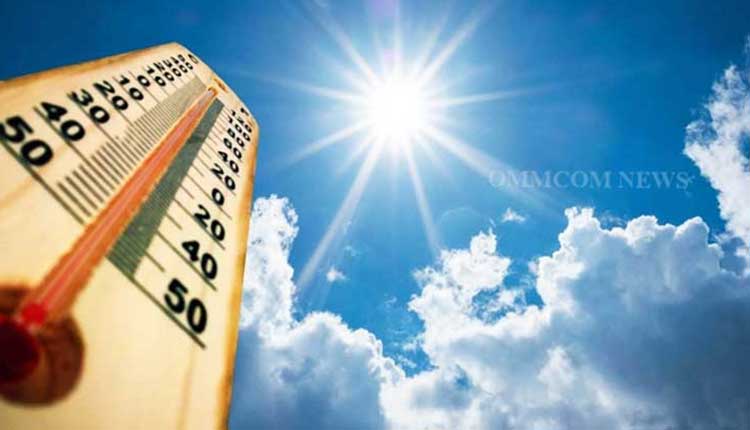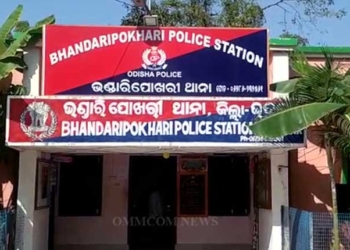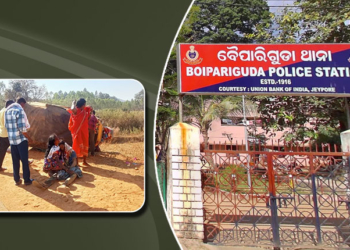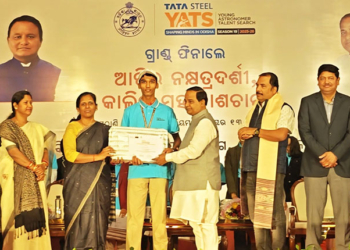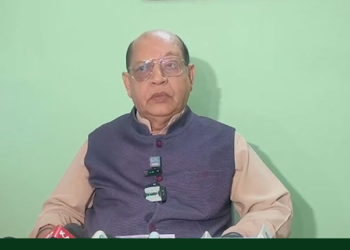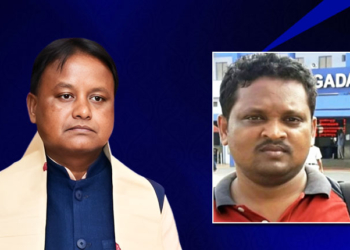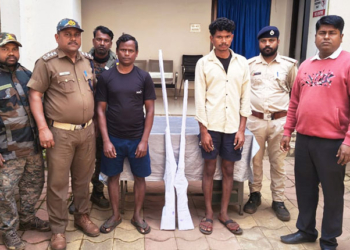Bhubaneswar: With the mercury breaching 30°C in at least 10 locations in Odisha on Tuesday, there is growing apprehension that the ensuing summer is likely to be an unusual one. While the mercury has been soaring alarmingly since the last week of January, Bhubaneswar recorded day temperature above 34°C in the first week of February for the first time in two decades.
On Tuesday, the day maximum temperature in Jharsuguda was 36.4°C followed by Sundargarh and Parlakhemundi recording 35.6°C. Similarly, Sambalpur recorded 35.4°C, Balangir (35.3), Malkangiri (35.2°C), Bargarh (34.5°C), Hirakud (34.4°C), and Sonepur (34.2°C). The day temperature in the state capital was 33.6°C.
Experts have expressed concern over the alarming rise temperature in the capital in the last week of January. Last year, Bhubaneswar experienced day temperatures above 40 degrees for 16 consecutive days in April – the first time in the last 78 years since the establishment of the weather station the capital has experienced such a long summer period. On February 1, 2005, the maximum temperature recorded in Bhubaneswar was 25.7°C. But now it is close to 35°C.
The World Meteorological Organisation (WMO) has warned that the summer conditions will be intense across the globe this year and the heat wave will persist for 70 to 80 days. In Odisha, intense heat will prevail from mid-March to mid-June, according to meteorologist Umashankar Das.
The effect of heat is increasing in the state due to the effect of the depression and the frequent westerly cyclonic disturbances, Das said. According to him, dense fog in coastal Odisha has prevented cold and dry winds from reaching the state from the northwest and north. In addition, the effect of the westerly cyclonic disturbances due to the weakening of the Meru cyclone (polar vortex) is responsible for the rising mercury across Odisha. He said that this is a direct reflection of global warming and climate change.





